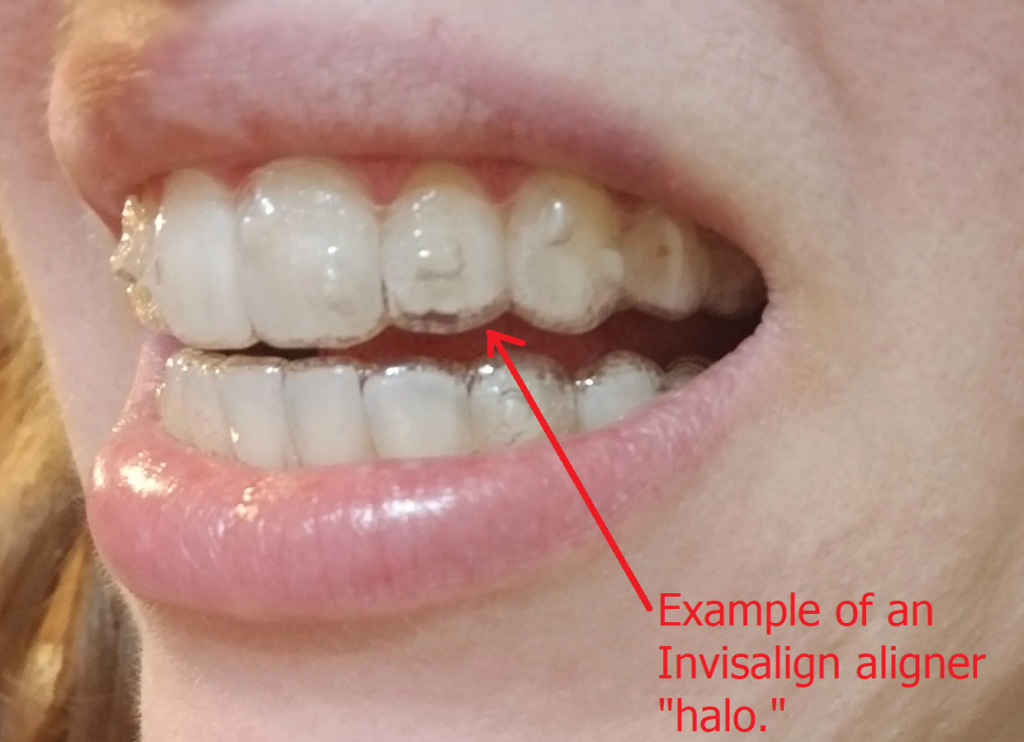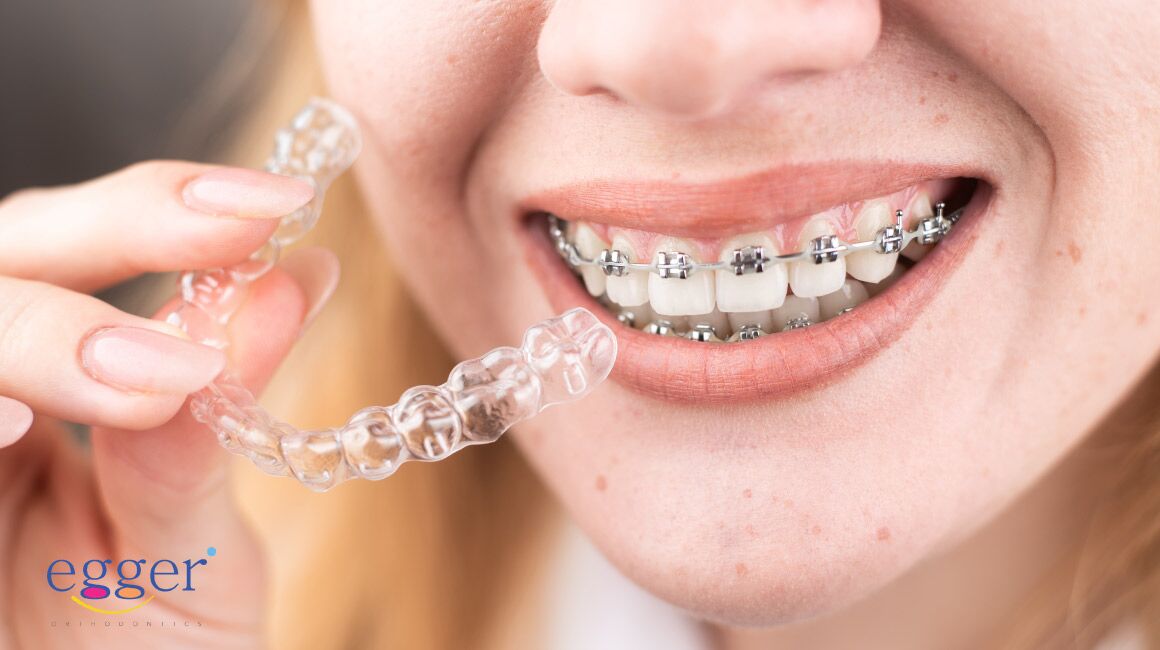Frequently Asked Questions Regarding Invisalign: Everything You Need to Know
Frequently Asked Questions Regarding Invisalign: Everything You Need to Know
Blog Article
Invisalign vs. Standard Braces: Which Option Is Right for You?
When thinking about orthodontic treatment, the choice in between Invisalign and conventional dental braces provides numerous important aspects that merit careful evaluation. Invisalign uses a very discreet choice with removable aligners, while traditional dental braces provide a more noticeable yet effective option for extreme misalignment. Each alternative incorporates distinct benefits and drawbacks connected to looks, convenience, therapy duration, and expense. Understanding these subtleties is vital for making an educated decision that aligns with your individual preferences and lifestyle. The concern continues to be: which option will finest fulfill your orthodontic requirements and expectations?
Overview of Treatment Options

On the other hand, typical braces consist of steel brackets and cords that are bonded to the teeth. This technique uses continual stress in time to accomplish placement. While effective for complicated orthodontic concerns, conventional braces need regular visits for adjustments and can position difficulties in maintaining oral hygiene due to the trouble of cleaning around cords and brackets.
Both choices have their benefits, and the selection typically hinges on certain dental problems, lifestyle choices, and client conformity. Eventually, seeking advice from an orthodontic specialist is essential for figuring out one of the most appropriate treatment plan customized to private requirements. Understanding the subtleties of each alternative can considerably influence the total success of orthodontic therapy.
Aesthetic Considerations
A significant factor affecting the choice in between Invisalign and typical braces is the aesthetic appeal each treatment offers. Invisalign aligners are crafted from clear plastic, making them practically invisible when used.
On the other hand, traditional braces contain metal brackets and wires, which can be more obvious. While improvements in orthodontic modern technology have actually brought about the development of smaller braces and colored elastics, conventional braces still maintain a more obvious profile. For some people, the exposure of dental braces might discourage them from looking for essential therapy.
Eventually, the choice between Invisalign and conventional dental braces might pivot on individual choices relating to aesthetics. Patients who focus on discernment usually lean towards Invisalign, while those that are less worried regarding visibility might select conventional dental braces. Understanding the aesthetic ramifications of each choice is critical for making an informed choice that aligns with one's way of living and choices.
Comfort and Convenience

In terms why not try here of convenience, Invisalign aligners are removable, allowing clients to appreciate their favored foods without constraint and preserve ideal oral health. Brushing and flossing are simplified, as the aligners can be obtained throughout these routines, whereas traditional dental braces call for mindful maneuvering around wires and brackets.
Furthermore, Invisalign's modern system permits less orthodontic check outs. Individuals normally get several sets of aligners simultaneously, which can streamline the therapy procedure and lower time invested in the orthodontist's chair. On the other hand, traditional braces necessitate normal changes, making them much less practical for those with hectic routines. Invisalign. On the whole, the convenience and benefit of Invisalign make it an appealing choice for many people seeking orthodontic therapy.
Treatment Period and Effectiveness
While both Invisalign and typical braces are efficient in remedying dental misalignments, the period of therapy can differ considerably between the 2 choices. Typically, Invisalign therapy can take anywhere from 12 to 18 months, depending upon the intricacy of the case. The clear aligners work by progressively moving teeth into their desired positions, and routine follow-ups with an orthodontist assistance make certain development remains on course.
On the other hand, typical braces frequently call for a longer commitment, typically ranging from 18 months to 3 years. This is because of their fixed nature and the use of cords and brackets, which can be a lot more reliable for complex cases and severe misalignments (Invisalign). The therapy effectiveness of traditional dental braces is well-documented, as they permit specific modifications and greater control over tooth movement
Ultimately, the choice in between Invisalign and conventional dental braces may rest on both the awaited treatment period and the certain oral problems available. Consulting with an orthodontist is critical, as they can offer customized suggestions based on specific needs, making certain the selected method lines up with desired durations and results.
Expense Contrast and Insurance Coverage Choices
Expense plays a significant duty in the decision-making process for people taking into consideration orthodontic treatment, whether selecting Invisalign click here for more info or conventional braces. Usually, the expense of Invisalign varieties from $3,000 to $8,000, while typical braces typically set you back in between $2,000 and $6,000. Factors affecting these expenses include the complexity of the situation, the duration browse around this web-site of therapy, and geographical location.
Insurance coverage can significantly influence out-of-pocket expenses. Lots of oral insurance coverage strategies give partial coverage for orthodontic treatments, yet the specifics can differ commonly. It is crucial for clients to evaluate their insurance plan to determine the level of insurance coverage for either choice. Usually, typical dental braces might be extra frequently covered by insurance strategies contrasted to Invisalign, which some insurance providers classify as a cosmetic treatment.
In addition, a number of orthodontic techniques provide flexible layaway plan, making both therapy alternatives more accessible. Clients ought to inquire regarding prospective funding choices and price cuts for ahead of time settlements. Assessing the total cost, including insurance coverage benefits and repayment strategies, is crucial for making an informed choice that lines up with both aesthetic preferences and budget plan factors to consider.

Verdict
In recap, the selection in between Invisalign and typical dental braces rests on several aspects, including visual choices, convenience, treatment duration, and cost. Invisalign offers a very discreet, detachable alternative that helps with dental health and nutritional adaptability, while standard dental braces may be better for intricate oral concerns and usually come with a reduced rate factor. Inevitably, appointment with an orthodontist is necessary to analyze specific conditions and establish one of the most ideal treatment alternative for accomplishing optimal oral placement.
When taking into consideration orthodontic treatment, the choice in between Invisalign and conventional braces offers a number of essential elements that merit mindful analysis.Comparing Invisalign and traditional dental braces exposes distinct therapy choices for orthodontic modification.While both Invisalign and standard braces are efficient in fixing oral misalignments, the period of treatment can vary considerably between the 2 choices.Cost plays a substantial role in the decision-making procedure for individuals taking into consideration orthodontic treatment, whether opting for Invisalign or conventional dental braces.In recap, the option between Invisalign and standard dental braces hinges on several factors, including aesthetic choices, convenience, treatment duration, and expense.
Report this page